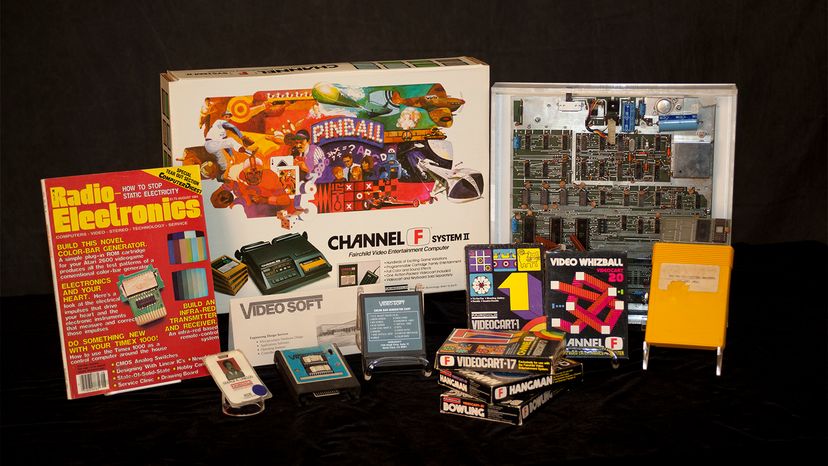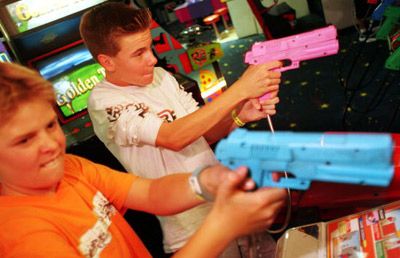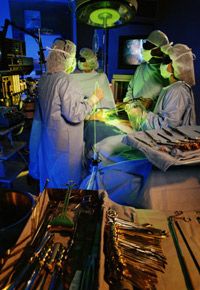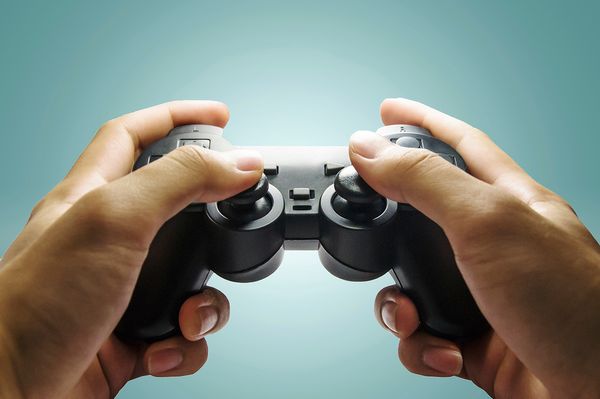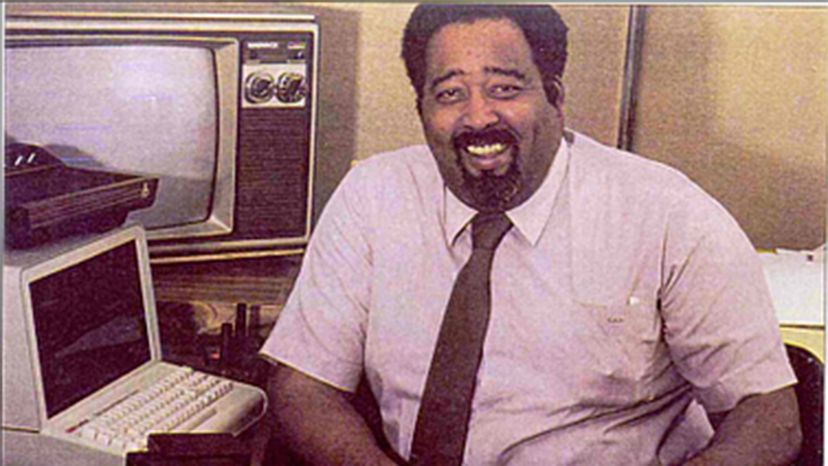
Key Takeaways
- Jerry Lawson was a pioneering engineer in the video game industry, notable for developing the first home video game console with interchangeable cartridges, the Fairchild Channel F.
- Lawson was largely self-taught in engineering. When he moved from Queens to Silicon Valley, Lawson became one of the few Black engineers in the tech industry.
- His work at Fairchild Semiconductor led to the creation of the Channel F console, laying the groundwork for the modern video game industry.
If you're an older gamer, then you've likely got fond memories of popping in a new cartridge before settling in for a rousing session of your favorite game, whether it was Super Mario or Sonic the Hedgehog — and you've got the late Gerald Lawson (also known as Jerry Lawson) to thank for that little cartridge.
Lawson was an engineer and game designer who helped develop Fairchild Channel F, which was the first cartridge-based video game console released for commercial sale — ever. And in helping create the Fairchild Channel F, Lawson helped revolutionize the entire gaming industry.
Advertisement
"Jerry Lawson played a pivotal role in helping to lay the foundations for today's $150 billion video game industry," Jeremy Saucier said in an email when we talked to him in 2020. Saucier is the assistant vice president for electronic games and interpretation at the Strong Museum of Play in Rochester, New York. Since 2013, the Strong's International Center for the History of Electronic Games has housed some of Lawson's personal papers and professional artifacts, some of which the museum displays in its eGameRevolution exhibit.
Benj Edwards also offered high praise for Lawson. Edwards is a journalist and the editor-in-chief of Vintage Computing and Gaming; Edwards interviewed Lawson in 2009 after stumbling across the engineer's image in a 1983 computer magazine.
"Jerry was a big name in Silicon Valley in the 1970s because people came to him for semiconductor chips from Fairchild. It's neat to know there was a Black man in that position at the time, and you know his story must have been amazing to get him there," wrote Edwards in an email when we talked to him in 2020.
Advertisement
